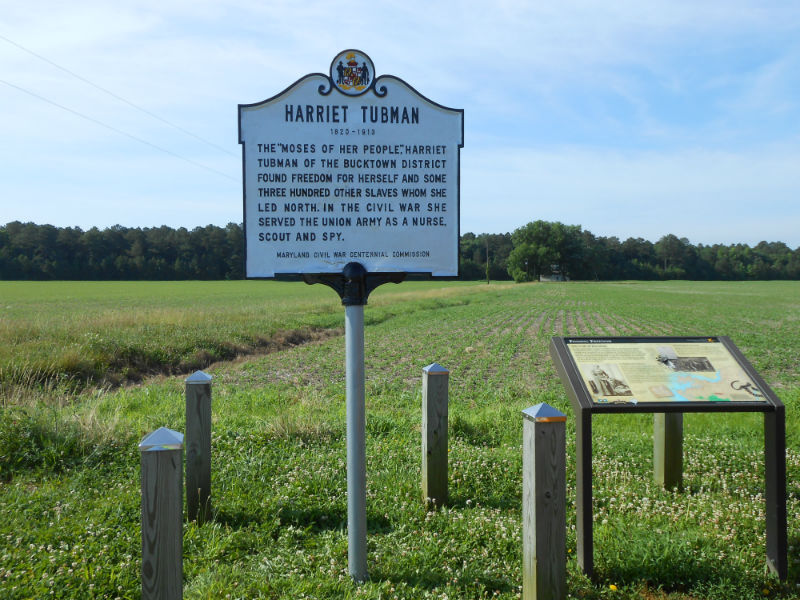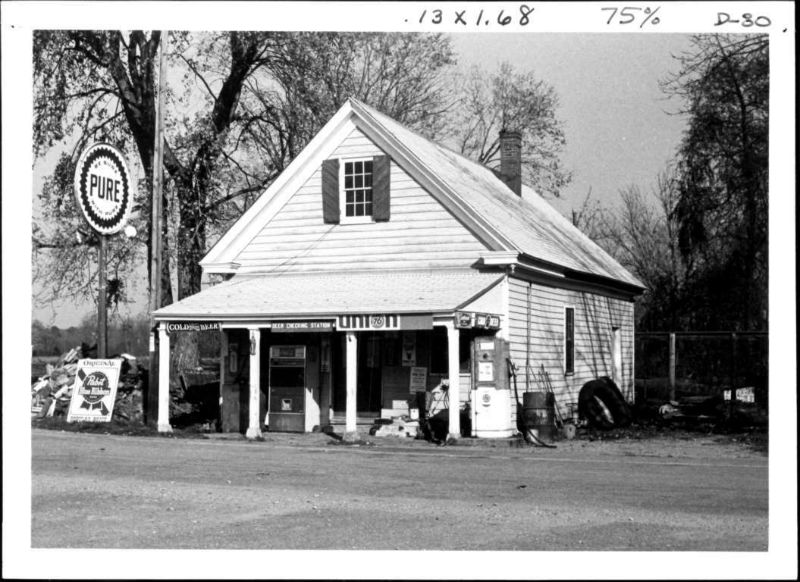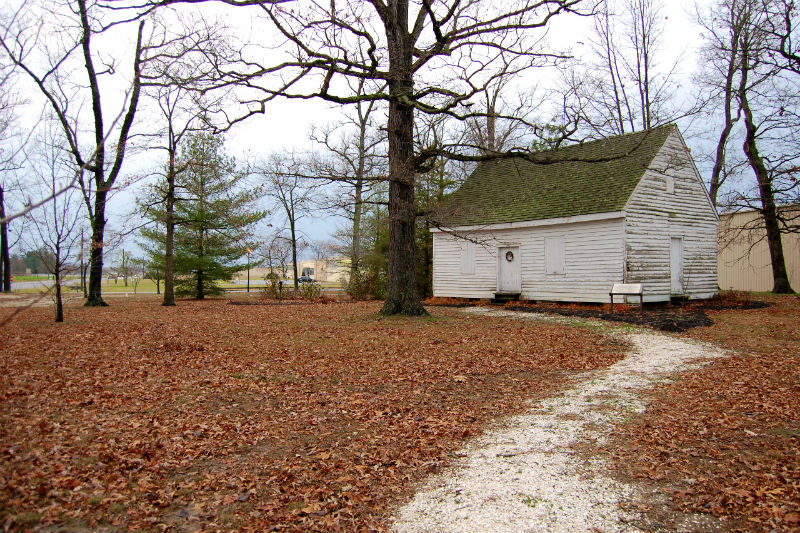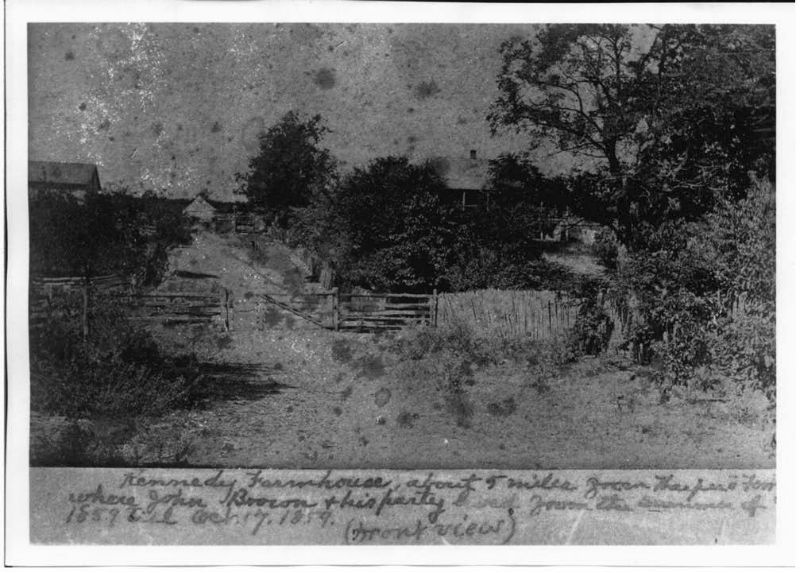Last year, Marylanders celebrated the grand opening of the Harriet Tubman Underground Railroad Visitor Center. We at Preservation Maryland wanted to take a broad look at the legacy of Tubman’s heroism. Read on to follow the Underground Railroad through many parts of Maryland and beyond.
HISTORIC UNDERGROUND RAILROAD SITES IN MARYLAND
Brodess Farm, Bucktown, Dorchester County

Harriett Tubman highway marker near Buckstown, 2014. Photo from Maryland State Highway Administration.
Born in 1822, Harriet Tubman spent her early years on Edward Brodess’s farm in Bucktown, Maryland. As was common on small farms such as these, Edward Brodess hired out slaves if he himself did not have work for them. Harriet and her family suffered many such separations and frequently experienced the brutality of slavery, if not at the hands of Brodess himself, then from masters of other farms on which they worked. It was through her timber work on the farm that she learned survival skills such as foraging, and first tapped into the vast networks of the Underground Railroad. In 1849, following the death of Brodess and the threat of sale to another master, Harriet fled north to Philadelphia. Upon arriving, she vowed to return to free her family. Harriet would eventually make 13 return trips to the Eastern Shore, rescuing approximately 70 slaves.
Bucktown Village Store, Bucktown, Dorchester County

Buckstown Village Store, 1975. Photo from Maryland Historical Trust.
Down the road from Edward Brodess’s farm sits the Bucktown Village Store. It was here that Harriet Tubman showed early signs of a resistant spirit that would serve her throughout her life. As it’s been told, Harriett and the cook from the farm had come to the store to buy groceries, when in came a slave from another farm, who had left without permission. He was followed and confronted by his overseer, who demanded Harriet aid in restraining the slave. She refused and the slave escaped. At this point the overseer seized an iron weight off the counter and threw it at him as he ran, missing the slave and striking Harriet on the head. The injury nearly killed her, and caused headaches, visions, and seizures that would plague her for the rest of her life.
Choptank River

Archaeologists dig near Tubman’s birthplace in Cambridge, 2002.
Harriet Tubman guided her passengers along a variety of routes to freedom, sometimes over land, through treacherous slave-owning territory, other times by water. One of the routes that Tubman frequently followed was the Choptank River through Caroline County. Red Bridges, a crossing point in Greensboro, Maryland, was one of many shallow Choptank tributaries fugitives relied on for safe crossing north to Delaware.
Tuckahoe Neck Meeting House

Tuckahoe Meeting House. Photo from Caroline County Historical Society.
Quakers were major players in the abolition movement and the Underground Railroad. By the time the Constitution was adopted in 1787, there were very few Quakers slave owners. Networks of Quaker homes, meeting houses, and agents spanned the Underground Railroad in Maryland, Pennsylvania, and New York, sheltering escaped slaves and guiding them to freedom. This Quaker meeting house, located in Caroline County, was one of five meeting houses in the country that aided slaves on their journey out of Maryland.
Kennedy Farm: John Brown’s Headquarters

Historic image of the Kennedy Farm House. Photo from Maryland Historical Trust.
Tubman’s activism extended beyond her work as a conductor on the Underground Railroad. Kennedy Farm in Sharpsburg, Maryland was site at which John Brown planned his raid on the arsenal at Harpers Ferry, West Virginia, hoping to initiate a slave rebellion. Referred to as General Tubman by Brown himself, Harriet was a key resource before the raid, given her extensive knowledge of abolitionist support networks throughout Maryland, Delaware, and Pennsylvania. She recruited men and was said to have agreed to take part in the raid, but became ill and could not participate. This was only the beginning of her quasi-military career, however. She acted as a Union spy and scout during the Civil War, and became the first woman to lead a military expedition.
More about African American History in Maryland
- African-American Museums in Maryland
- A Tour through African-American History in Prince George’s County
This post was written by Maggie Pelta-Pauls, a Waxter Intern with Preservation Maryland. A graduate of The College of William and Mary, Maggie is primed to research and write about Maryland history – especially culinary history. Learn more about Maggie and our The Waxter Memorial Internship program here: presmd.org/waxter.

